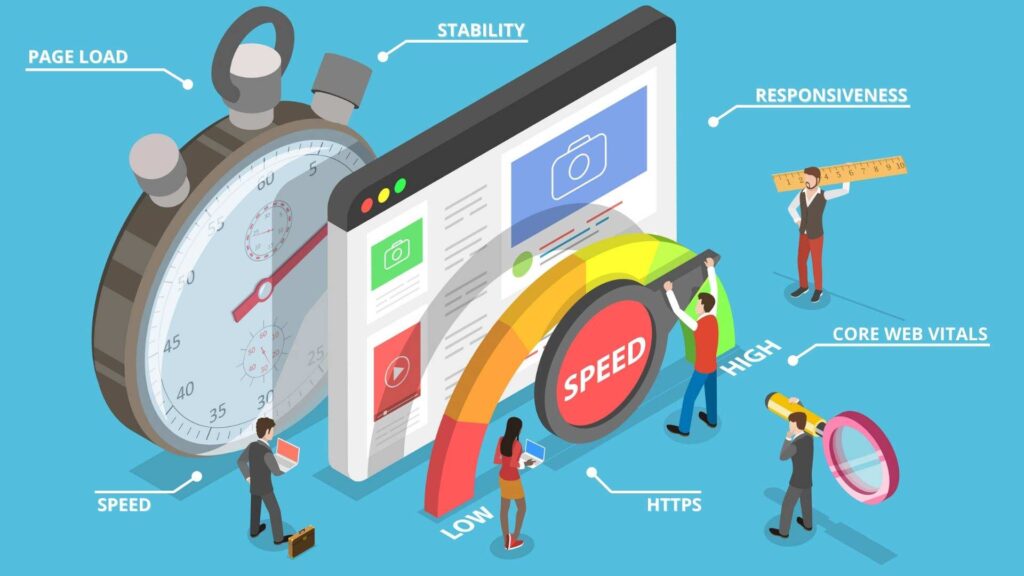
Introduction: In today’s digital world, website speed matters. A slow-loading website can turn potential customers away, harm your search engine rankings, and reduce user satisfaction. That’s why website performance optimization is a critical aspect of web development and digital marketing. In this blog post, we’ll explore the top tips and strategies to boost your website’s loading times and provide a seamless user experience.
1. Optimize Images:
One of the primary factors affecting website speed is image optimization. Large, unoptimized images can significantly slow down your site. Use image compression tools and responsive image techniques to ensure your visuals load quickly without sacrificing quality.
2. Leverage Browser Caching:
Browser caching allows a visitor’s browser to store some data from your site, making subsequent visits faster. By setting cache expiration headers, you can reduce the load time for returning users.
3. Minimize HTTP Requests:
Each element on your webpage, including stylesheets and scripts, requires an HTTP request to load. Reduce the number of requests by combining files, using asynchronous loading for scripts, and eliminating unnecessary elements.
4. Content Delivery Networks (CDNs):
Utilizing a CDN can distribute your website’s content across multiple servers globally. This reduces server load and minimizes the physical distance between the server and the user, resulting in faster loading times.
5. Mobile Optimization:
Mobile optimization is crucial for faster loading times, as a significant portion of web traffic comes from mobile devices. Ensure that your website is responsive and mobile-friendly.
6. Minimize Redirects:
Excessive redirects can add extra load time to your website. Keep redirects to a minimum and ensure they are well-optimized.
7. Use Browser-Side Caching:
Leverage browser-side caching for repetitive tasks and use Expires headers to specify a time for when the browser should request the file again.
8. Monitor and Optimize:
Regularly monitor your website’s performance using tools like Google PageSpeed Insights or GTmetrix. Continuously optimize your website based on these insights.
Conclusion:
A fast-loading website is essential for a positive user experience and improved SEO rankings. By following these top tips for website performance optimization, you can create a website that not only loads quickly but also attracts and retains more visitors. Don’t let slow loading times hinder your online success; start optimizing your website’s performance today.

